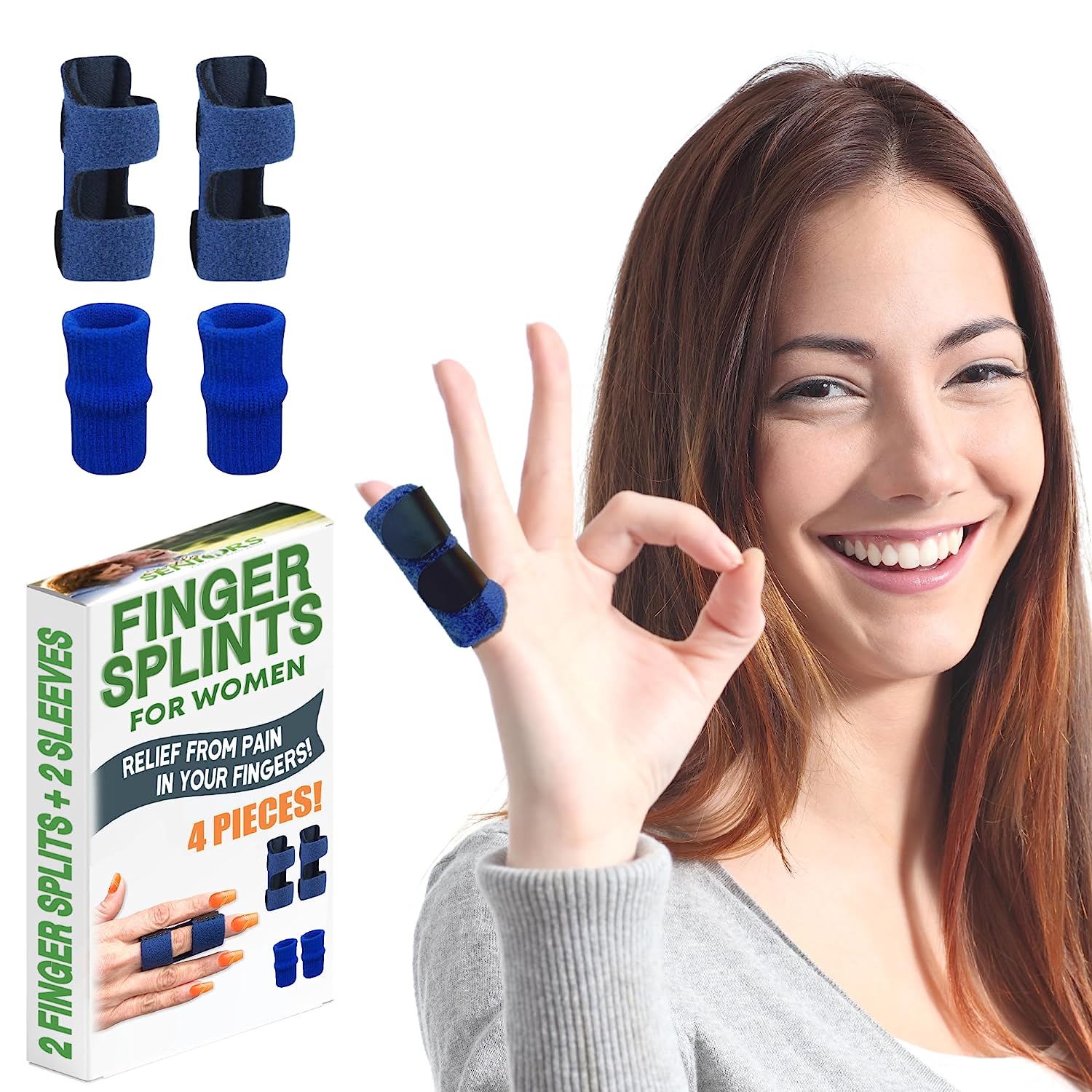Arthritis is a common condition that affects millions of people worldwide, and its impact can be particularly profound on women. Among the various forms of arthritis, osteoarthritis and rheumatoid arthritis often target the joints in the hands and fingers, leading to pain, stiffness, and reduced mobility. One effective way for women to manage arthritis in their fingers is through the use of finger splints. In this article, we’ll explore the challenges women face in dealing with arthritis and how finger splints can play a crucial role in easing the symptoms and improving overall hand function.
Understanding Arthritis in Women:
Women are disproportionately affected by arthritis, with a higher prevalence compared to men. Hormonal changes, genetic factors, and the wear and tear associated with activities such as repetitive hand movements or household chores contribute to the increased risk. Arthritis can have a significant impact on daily activities, making tasks like typing, cooking, or even buttoning a shirt challenging. Managing arthritis becomes crucial to maintaining a good quality of life.
The Role of Finger Splints:
Finger splints are orthopedic devices designed to support and immobilize the fingers, promoting proper alignment and reducing strain on affected joints. For women dealing with arthritis in their hands, finger splints offer several benefits:
1. Pain Relief:
Finger splints help alleviate pain by providing support and stability to inflamed joints. By limiting the movement of affected fingers, splints reduce the stress on arthritic joints, leading to decreased pain and discomfort.
2. Improved Functionality:
Arthritis often leads to stiffness and reduced range of motion in the fingers. Finger splints aid in maintaining proper finger alignment, allowing for better movement and function. This can be especially beneficial for women who need to perform intricate tasks in their daily lives.
3. Prevention of Deformities:
In advanced cases of arthritis, joints can become deformed. Finger splints play a preventive role by helping maintain the correct alignment of the fingers, reducing the risk of permanent deformities.
4. Enhanced Comfort:
Finger splints are often made from lightweight and breathable materials, ensuring comfort for prolonged use. Women can wear these splints throughout the day without hindering their daily activities.
5. Customization for Style:
Many finger splints are designed with aesthetics in mind. Women can choose splints that match their personal style, allowing them to feel confident and empowered while managing their arthritis.
Overcoming Challenges:
While finger splints offer significant benefits, it’s essential for women to address the emotional and psychological challenges associated with arthritis. Support groups, counseling, and engaging in activities that bring joy can contribute to a holistic approach to managing arthritis.
Conclusion:
Managing arthritis with finger splints provides women with a practical and effective solution to mitigate pain, improve functionality, and maintain an active lifestyle. By incorporating these supportive devices into their daily routines, women can navigate the challenges of arthritis with grace, empowering themselves to lead fulfilling lives despite the constraints of this chronic condition.


